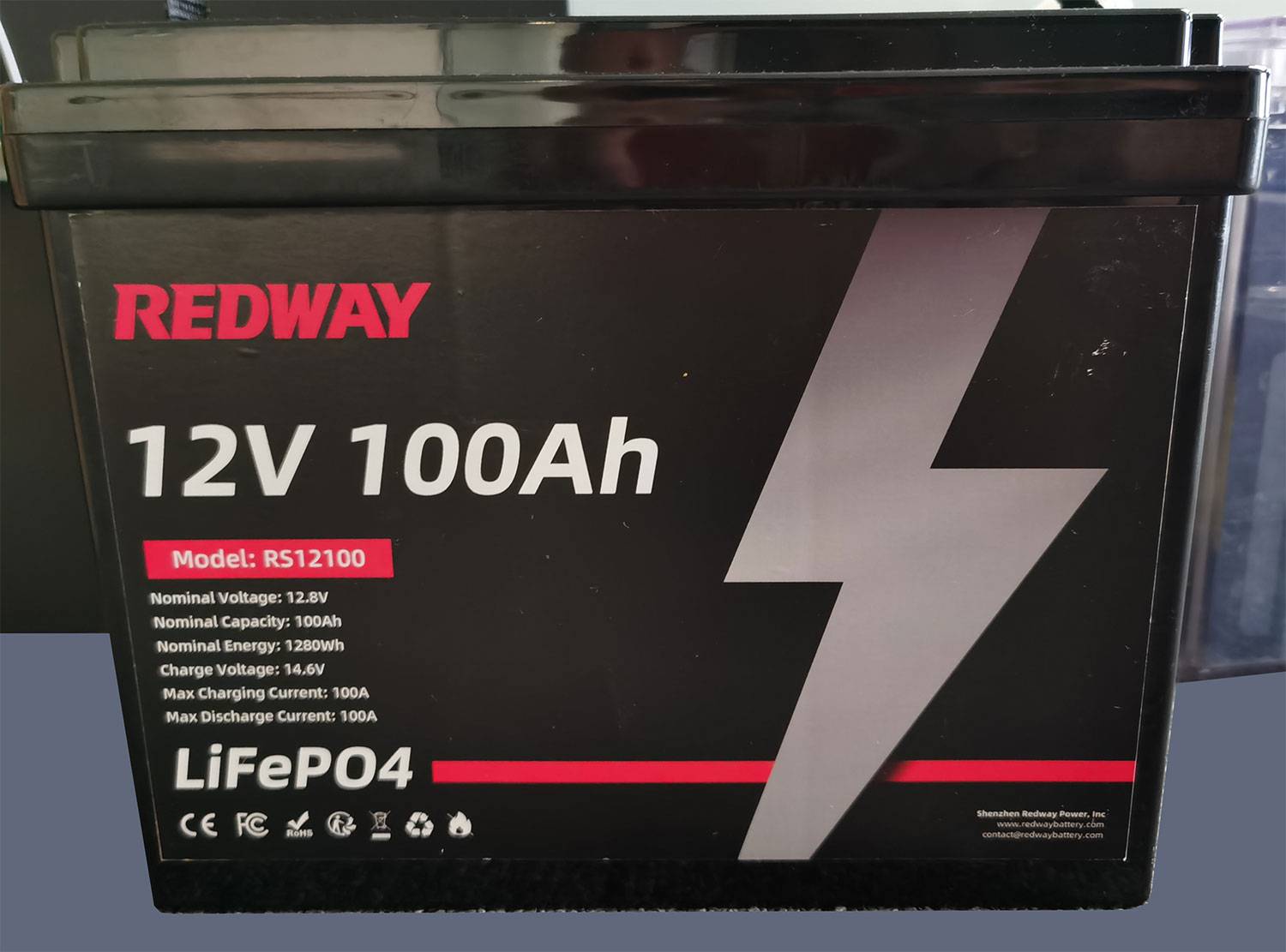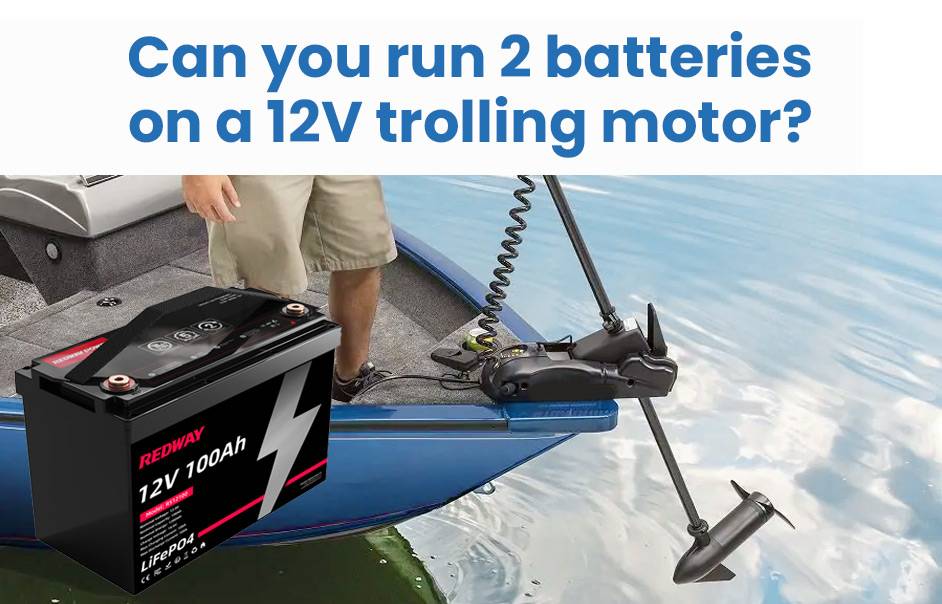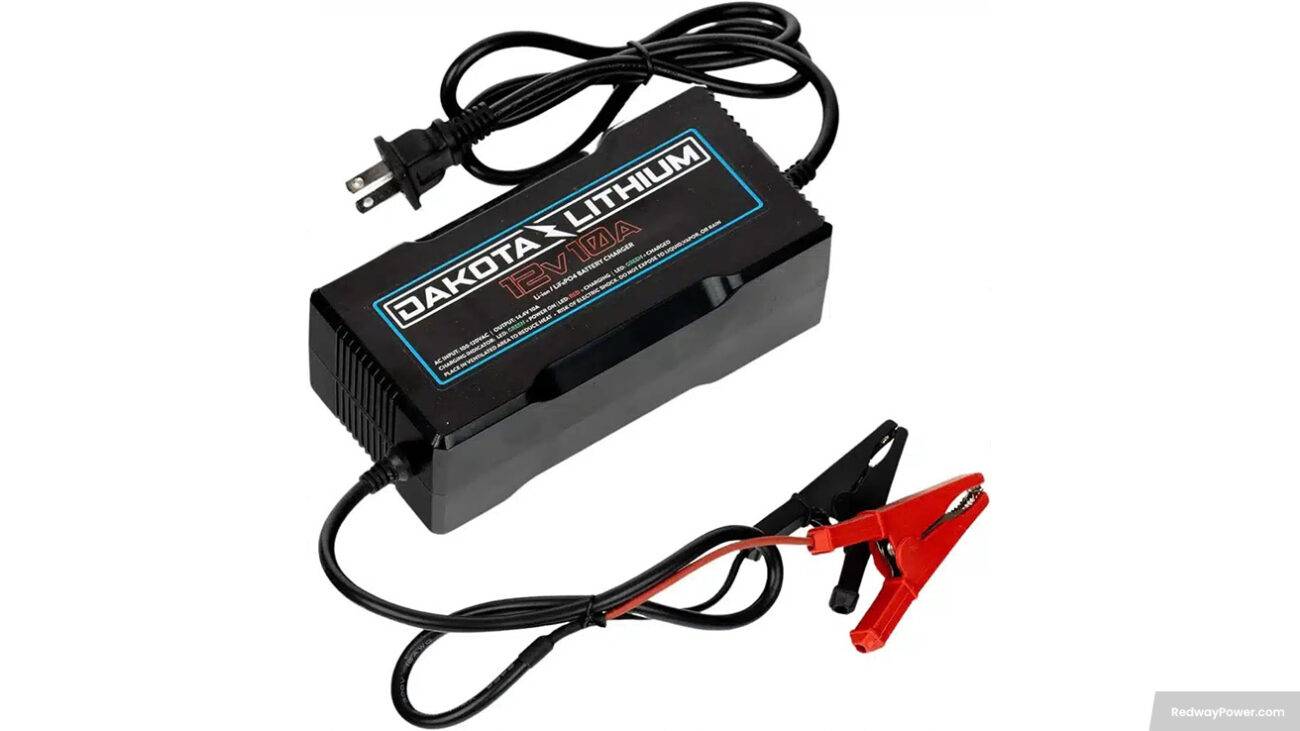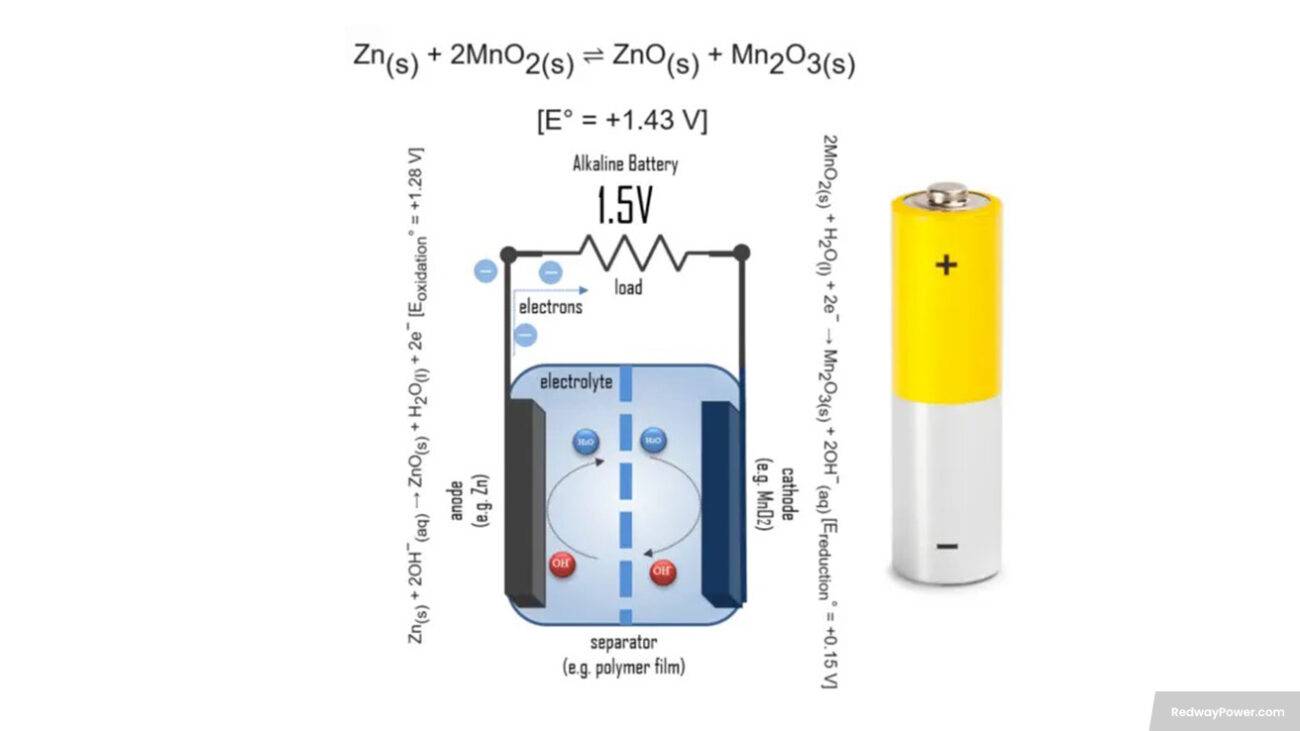- Lithium Golf Cart Battery
- Forklift Lithium Battery
-
48V
- 48V 210Ah
- 48V 300Ah
- 48V 420Ah (949 x 349 x 569 mm)
- 48V 420Ah (950 x 421 x 450 mm)
- 48V 456Ah
- 48V 460Ah (830 x 630 x 590 mm)
- 48V 460Ah (950 x 421 x 450 mm)
- 48V 460Ah (800 x 630 x 600 mm)
- 48V 460Ah (820 x 660 x 470 mm)
- 48V 500Ah
- 48V 560Ah (810 x 630 x 600 mm)
- 48V 560Ah (950 x 592 x 450 mm)
- 48V 600Ah
- 48V 630Ah
-
48V
- 12V Lithium Battery
12V 150Ah Lithium RV Battery
Bluetooth App | BCI Group 31
LiFePO4 Lithium
Discharge Temperature -20°C ~ 65°C
Fast Charger 14.6V 50A
Solar MPPT Charging - 24V Lithium Battery
- 36V Lithium Battery
- 48V Lithium Battery
-
48V LiFePO4 Battery
- 48V 50Ah
- 48V 50Ah (for Golf Carts)
- 48V 60Ah (8D)
- 48V 100Ah (8D)
- 48V 100Ah
- 48V 100Ah (Discharge 100A for Golf Carts)
- 48V 100Ah (Discharge 150A for Golf Carts)
- 48V 100Ah (Discharge 200A for Golf Carts)
- 48V 150Ah (for Golf Carts)
- 48V 160Ah (Discharge 100A for Golf Carts)
- 48V 160Ah (Discharge 160A for Golf Carts)
-
48V LiFePO4 Battery
- 60V Lithium Battery
-
60V LiFePO4 Battery
- 60V 20Ah
- 60V 30Ah
- 60V 50Ah
- 60V 50Ah (Small Size / Side Terminal)
- 60V 100Ah (for Electric Motocycle, Electric Scooter, LSV, AGV)
- 60V 100Ah (for Forklift, AGV, Electric Scooter, Sweeper)
- 60V 150Ah (E-Motocycle / E-Scooter / E-Tricycle / Tour LSV)
- 60V 200Ah (for Forklift, AGV, Electric Scooter, Sweeper)
-
60V LiFePO4 Battery
- 72V~96V Lithium Battery
- Rack-mounted Lithium Battery
- E-Bike Battery
- All-in-One Home-ESS
- Wall-mount Battery ESS
-
Home-ESS Lithium Battery PowerWall
- 24V 100Ah 2.4kWh PW24100-S PowerWall
- 48V 50Ah 2.4kWh PW4850-S PowerWall
- 48V 50Ah 2.56kWh PW5150-S PowerWall
- 48V 100Ah 5.12kWh PW51100-F PowerWall (IP65)
- 48V 100Ah 5.12kWh PW51100-S PowerWall
- 48V 100Ah 5.12kWh PW51100-H PowerWall
- 48V 200Ah 10kWh PW51200-H PowerWall
- 48V 300Ah 15kWh PW51300-H PowerWall
PowerWall 51.2V 100Ah LiFePO4 Lithium Battery
Highly popular in Asia and Eastern Europe.
CE Certification | Home-ESS -
Home-ESS Lithium Battery PowerWall
- Portable Power Stations
How to Determine the Maximum Power of a 12V Battery

The maximum power output of a 12V battery is determined by its voltage and current capacity. To calculate this, you can use the formula: Power (Watts) = Voltage (Volts) x Current (Amps). For example, if a 12V battery can provide 10 amps, its maximum power output would be 120 watts. Understanding this calculation helps optimize battery usage in various applications.
What Is the Maximum Power Output of a 12V Battery?
The maximum power output of a 12V battery refers to the highest amount of electrical power it can deliver at any given moment. This is typically calculated using the formula: Power (Watts) = Voltage (Volts) x Current (Amps). For example, if a battery can provide up to 10 amps, its maximum power output would be 120 watts (12V x 10A).
How Do You Calculate the Maximum Power of a 12V Battery?
To calculate the maximum power output of a 12V battery, use the following steps:
- Identify Voltage: A standard fully charged lead-acid battery typically outputs around 12 volts.
- Determine Current: Check the battery specifications for its maximum current output in amps.
- Apply the Formula: Use the formula Power = Voltage x Current.
For example, if a battery provides 10 amps, then:
Power=12 Volts×10 Amps=120 Watts
Why Is It Important to Know the Maximum Power Output?
Knowing the maximum power output is crucial for several reasons:
- Device Compatibility: Ensures that devices connected to the battery do not exceed its power capacity.
- Safety: Prevents overheating and potential damage to both the battery and connected equipment.
- Efficiency: Helps in selecting appropriate batteries for specific applications, optimizing performance and lifespan.
Understanding this information aids in making informed decisions regarding battery use.
What Factors Affect the Maximum Power Output of a 12V Battery?
Several factors can influence the maximum power output of a 12V battery:
| Factor | Description |
|---|---|
| Internal Resistance | Higher resistance can reduce available current and power output. |
| Temperature | Extreme temperatures can affect chemical reactions within the battery, impacting performance. |
| Age and Condition | Older batteries may have reduced capacity and efficiency due to wear and tear. |
| Load Characteristics | The type of load (steady vs. dynamic) affects how much current is drawn from the battery. |
These factors must be considered for optimal performance.
How Does Temperature Influence Battery Performance?
Temperature has a significant impact on battery performance:
- Cold Temperatures: In colder conditions, chemical reactions slow down, reducing available power and capacity.
- Hot Temperatures: Excessive heat can increase self-discharge rates and lead to faster degradation of battery components.
Maintaining batteries within optimal temperature ranges is essential for ensuring reliable performance.
What Are Common Applications for 12V Batteries?
Common applications for 12V batteries include:
| Application | Description |
|---|---|
| Automotive | Used in cars for starting engines and powering electrical systems. |
| Recreational Vehicles | Powers appliances and accessories in RVs and boats. |
| Solar Energy Systems | Stores energy generated from solar panels for later use. |
These applications highlight the versatility and importance of 12V batteries in everyday life.
How Can You Optimize the Use of a 12V Battery?
To optimize your use of a 12V battery:
- Regular Maintenance: Keep terminals clean and check electrolyte levels if applicable.
- Proper Charging: Use appropriate chargers to avoid overcharging or undercharging.
- Temperature Management: Store batteries in controlled environments to prevent extreme temperature effects.
- Load Management: Avoid exceeding recommended load limits to prolong battery life.
Implementing these practices enhances performance and extends lifespan.
Frequently Asked Questions About 12V Batteries
Q1: What is the typical lifespan of a 12V battery?
A1: The lifespan varies but typically ranges from 3 to 5 years, depending on usage and maintenance practices.Q2: Can I use a car battery for other applications?
A2: Yes, car batteries can be used in applications like powering lights or small appliances, but ensure they are not deeply discharged regularly.Q3: How do I know if my battery is still good?
A3: You can test your battery’s voltage with a multimeter; if it reads below 12 volts, it may need charging or replacement.
Industrial News: Trends in Battery Technology
Recent trends in battery technology include advancements in lithium-ion batteries due to their higher energy density and longer lifespans compared to traditional lead-acid batteries. Additionally, manufacturers are focusing on improving recycling processes and sustainability practices in production, reflecting growing environmental concerns among consumers and industries alike.
Redway Power Expert Views on Battery Performance
“Understanding how to calculate and optimize your battery’s power output is essential for maximizing efficiency,” states an expert from Redway Power. “By considering factors like temperature and load management, users can significantly enhance their battery’s performance while ensuring safety.”

























